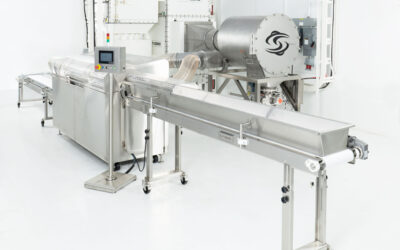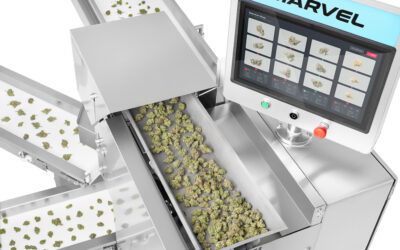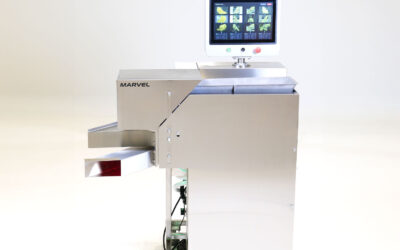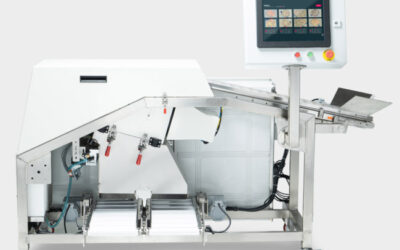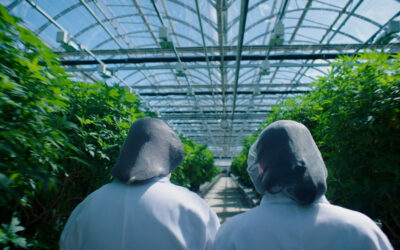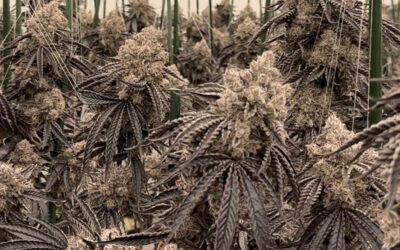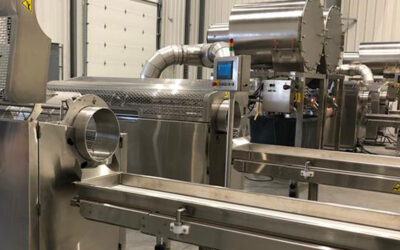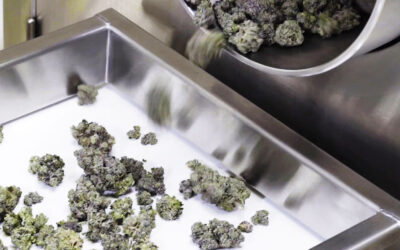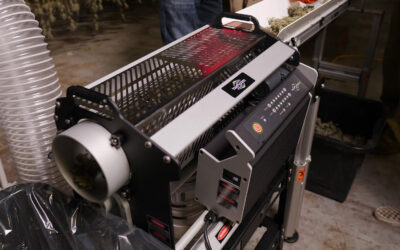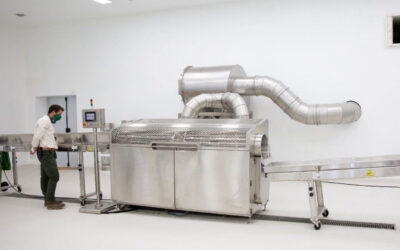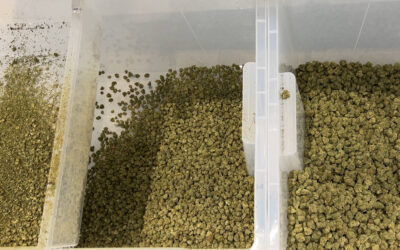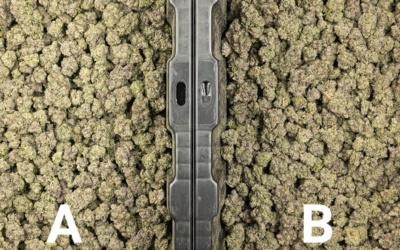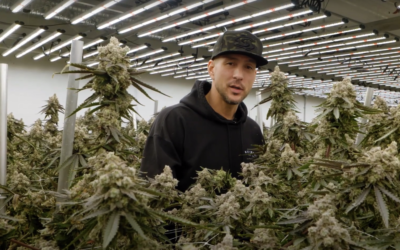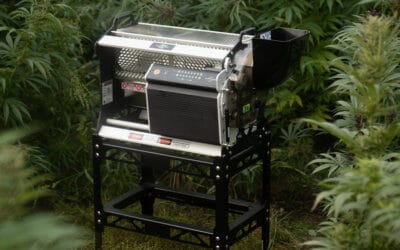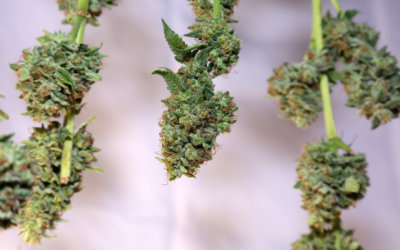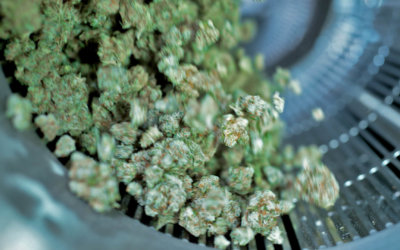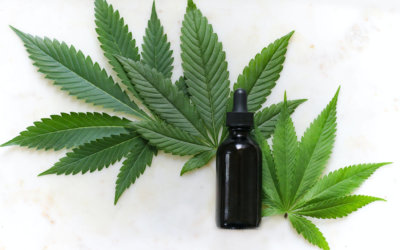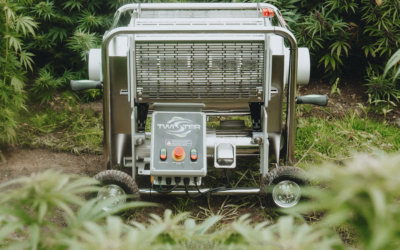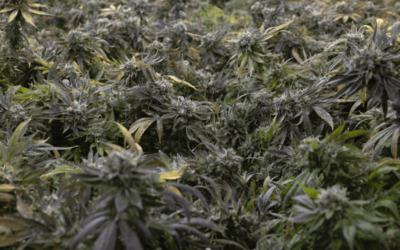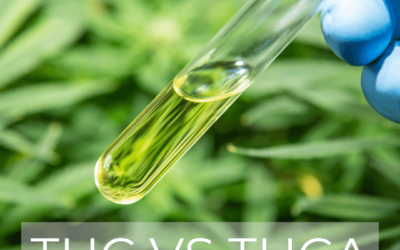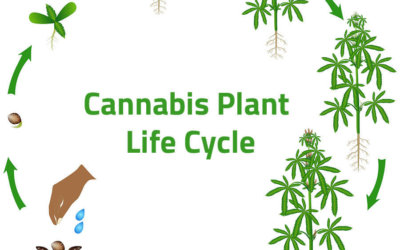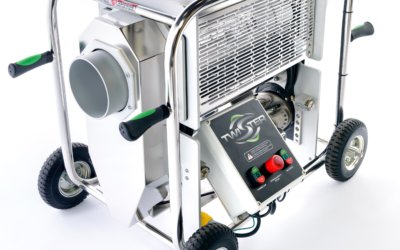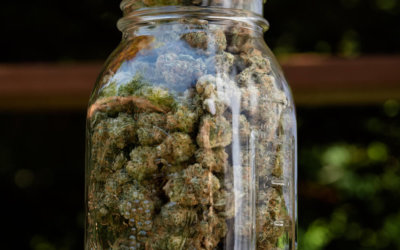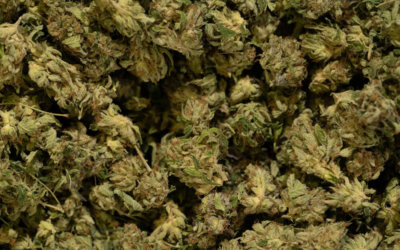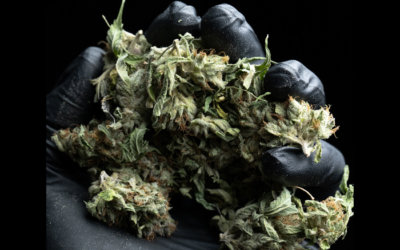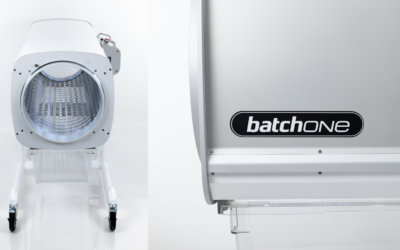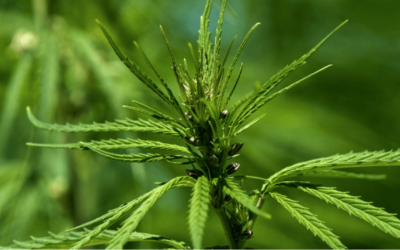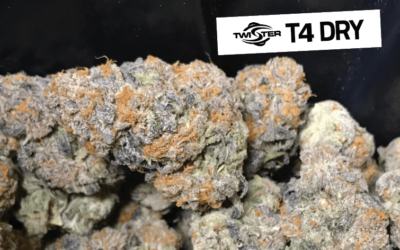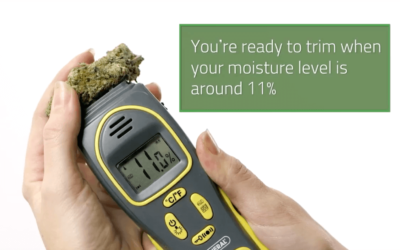Cannabis Automation
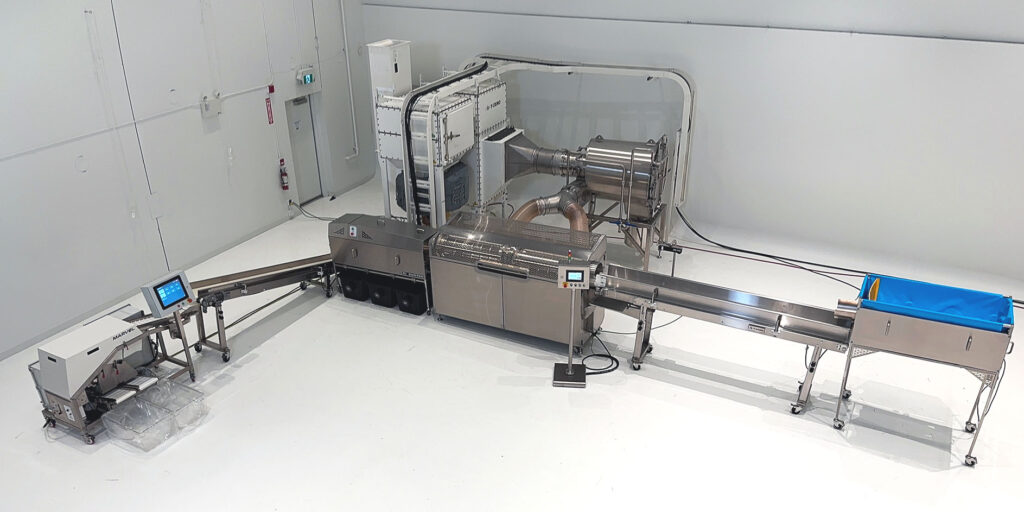
Why Cannabis Automation is Important
Cannabis automation has become an increasingly important topic in the industry as growers look to reduce labor costs and improve efficiency. One of the biggest labor costs for cannabis producers is the post-harvest process, which includes tasks such as trimming, de-leafing, and visual inspection. These tasks are necessary to deliver a high-quality product, but they are also time-consuming and labor-intensive. In the cannabis industry, just like in the almond industry, the best products are worth significantly more than lower-grade ones.
Luckily, automation has made the post-harvest process easier in recent years. Trimming machines have been available for over a decade and have been widely adopted by growers. However, the focus has shifted from how the machines work to how the overall system integration has advanced. PLC integration, remote monitoring, data logging, recipe settings, laser volumetric scanners, HEPA filtration, and material movement are all important components of a successful automation system.
The cannabis processing space is starting to resemble other manufacturing processes seen in other industries such as food, beverage, pharma, and consumer packaged goods (CPG). Producers who are focused on the long-term are implementing as much automation as possible to lower their cost of goods. Industrial automation allows for consistent results and reduces downtime, which is critical in maintaining a brand’s reputation. A metric that will become increasingly important in the cannabis industry is uptime, which measures the amount of time equipment is operational. As the cannabis industry becomes more competitive, the need for reliable equipment is critical.
There are companies working on developing de-leafing robots using artificial intelligence (AI). These robots have articulating arms with cameras and fingers that can pick away between tables or gutters. While there are still challenges to overcome, it won’t be long until these robots become widely adopted.
Another trend in the cannabis industry is pay-per-use services, which originated in other industries such as power generation and jet engine manufacturing. This model, known as “hardware as a service,” allows for low upfront costs and the maintenance to be taken care of by the service provider. For example, one trimming company offers a service called “Flower by the Hour.” This allows growers to pay only for the hours they use the equipment, reducing costs and increasing efficiency.
Visual inspection of each flower is another common bottleneck that automation is beginning to solve. Most cannabis producers are very aware of their brand’s reputation, and the importance of ensuring that every flower that enters a package is visually inspected on both sides. Ensuring that each and every flower is inspected takes time, and many producers have come to realize that due to high turnover rates of hand trimmers, it’s difficult to trust that each flower is properly inspected. Automation allows for consistent, accurate inspections, reducing the risk of poorly trimmed, yellow or moldy flowers entering a package and damaging a brand’s reputation.
In conclusion, cannabis automation is an essential part of the cannabis industry, and it is crucial for reducing labor costs and improving efficiency.
See the Latest Cannabis News
T-Zero: One Machine, No BS
We’re pushing 125 to 150 lbs/hr on the regular and hitting 200 sometimes
Why We’re Ditching ****** and Rolling Back to Twister
Invested in a setup thinking it would work but it didn’t and switched to Twister
The Ferrari of Trimmers: Twister T-Zero PRO
They pulled the trigger on a T-Zero for their harvest
From Chaos to Control: Why These 2 Producers Bet Big on the Twister T-Zero
Two producers hit the wall during harvest season one overwhelmed, the other burned out…
Automated Grading in Cannabis: Revolutionizing Quality Control with Advanced Vision Systems
Introducing a state-of-the-art automated cannabis grading machine, revolutionizing quality control.
Unveiling the Future: Marvel Gen 2
We are thrilled to announce the arrival of Marvel Gen 2, the latest...
A Marvel-ous Evolution in Cannabis Consistency
In today's fast-paced market, consumers demand consistency. They...
The Ultimate Nerds Guide to Curing Cannabis
We’ve created multiple guides to curing cannabis to share with you.
The Dawn of a New Quality Era in (Grading) Cannabis
As the cannabis industry blossomed, consumers became ever more...
Elevate Your Cannabis Production Quality: Unlocking the Power of Continuous Employee Training
In today’s cut-throat cannabis market, merely achieving exceptional...
The Complete Guide to GMP Certification in the Cannabis Industry
GMP is a popular topic among the cannabis industry and its...
The Hidden Costs of Commercial Cannabis Trimming Machines
Uncovering the Hidden Costs of Commercial Cannabis Trimming...
How does cannabis dust affect air quality?
As the cannabis industry evolves, many regions are now tightening up...
Trimming Machine Throughput Called Out
As the cannabis industry continues to develop, there is a lack of...
Cannabis Flower Brands with Consistency Win
Cannabis flower brands that are consistent have a much better chance...
How Loud is a Cannabis Trimming Machine?
Are Cannabis Trimming Machines Loud? The noise from cannabis...
How Important is Uptime in Cannabis Processing Facilities?
Understanding the Importance of Uptime in Cannabis Facilities Uptime...
How to Choose a Cannabis Trimming Machine
As the cannabis industry continues to grow, so does the need for...
Cannabis Size Sorting
How is Cannabis sorted? Sorting Cannabis has long been a practice...
Protecting Cannabis Brand Reputation
Grammy Award nominated Don Carlos – Protecting a brand As the owner...
Take the Trim Challenge – Hand Trim vs Twister
Think you have what it takes? One of the images below is trimmed by...
Trimming Craft Cannabis with Twister T4
*Transcribed from video above The Twister Grow Facility -We don’t...
Twister T4 Trimmer Spotlight and Giveaway
Choosing the right trimming machine for your cannabis depends on...
What to Consider when Drying and Curing Cannabis
Drying can be one of the most challenging parts of the cannabis...
Behind The Harvest – Ep 01 w/ Justin Cooper of Growing Exposed
In the inaugural episode of Behind The Harvest, Paul is joined by a...
Keirton Named One of Canada’s Top Small and Medium Employers for 2021
It’s with immense pride that we announce that Keirton has been named...
Cannabis Growth Considerations: How to Prevent Post-Harvest Rot
After a lengthy growing season, you’re finally harvesting your crop...
How to Trim Cannabis Plants: Ensuring Cannabinoid Potency and Quality
The quest for high quality cannabinoids doesn’t end when the plant...
Global CBD Statistics 2021
Global CBD Statistics 2021 CBD oil is most popular in the United...
Marijuana Statistics USA 2021
As you’re probably already aware, different states have very...
Product Spotlight: Twister T2
| Choosing the right machine for your cannabis trimming depends...
Cooked With Cannabis’ Review
Photo Courtesy of Netflix Television viewers have always had a bevy...
Marijuana Legalization in Canada and the USA
Cannabis is fully legalized in Canada and in some states in the USA....
Forbes Feature : CEO Jay Evans
Keirton CEO Jay Evans is taking his passion for innovation, trimming...
Differences Between Marijuana and Hemp
Cannabis, marijuana, and hemp are commonly used interchangeably...
Difference between THC and THCA
Tetrahydrocannabinol (THC) and tetrahydrocannabinolic acid (THCA)...
Cannabis Market Trends During COVID-19
The outbreak of the 2020 Coronavirus has undoubtedly taken a toll on...
From Seed to Bud: The Plant Life Cycle of Cannabis
The popularity of marijuana plants is rife at different...
Cannabis as a Superfood
Cannabis is rich in natural nutrients that can boost the immune...
Starting your First Grow: When to Trim Your Cannabis
Over the years, cannabis trimming has been a controversial topic...
What to do with Cannabis Trim
Cannabis trim is a term referring to all waste obtained after...
The Best 5 Trimmers for All Your Needs
Trimming marijuana after harvesting is a delicate process that...
How to Maximize Cannabis Yields
Yield is not all about the amount of cannabis harvested,...
Wet Vs Dry Trimming
Bud trimming refers to removing all unwanted plant materials around...
How to Dry Trim
Dry trimming cannabis is a crucial step in determining the quality...
Product Spotlight : Batchone Dry Trimmer
Product Spotlight : Batchone Dry Trimmer Growing cannabis takes a...
How to Get the Most Profit from your Hemp Harvest
If you haven’t already, it’s time to start thinking about harvesting...
The Power of Automation for Harvesting Cannabis: Cultivate Podcast Ep. 10
In May 2018, while attending Lift Expo in Toronto, we sat down to...
Cannabis Trimming Tips: How Dry is Dry?
LEARNING WHEN TO DRY TRIM IS A HIGHLY UNDERRATED SKILL. Like really,...
Optimizing Your First Use – Dry Trimming with the Twister T4
Getting ready to trim your first crop of dry harvest? Watch this video to optimize your Twister T4.


